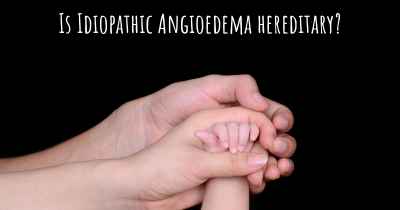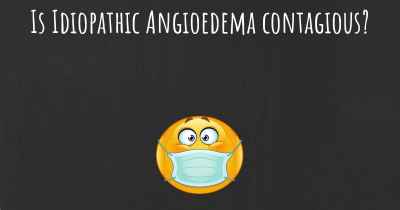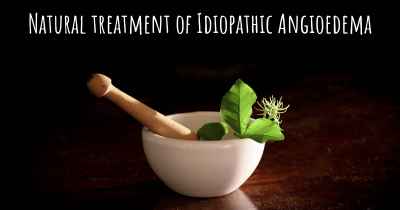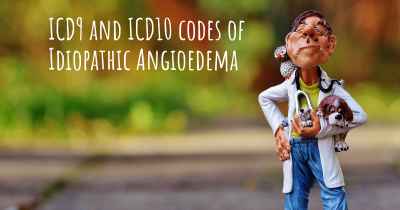What are the best treatments for Idiopathic Angioedema?
See the best treatments for Idiopathic Angioedema here
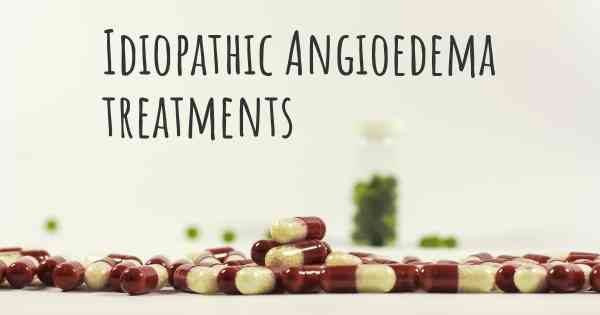
Treatments for Idiopathic Angioedema
Idiopathic angioedema is a condition characterized by recurrent episodes of swelling in various parts of the body, including the face, lips, tongue, throat, and extremities. It is considered idiopathic because the exact cause is unknown. While there is no specific cure for idiopathic angioedema, there are several treatment options available to manage and reduce the severity of symptoms.
1. Antihistamines
Antihistamines are commonly used as a first-line treatment for idiopathic angioedema. They work by blocking the effects of histamine, a chemical released during an allergic reaction that causes swelling and itching. Non-sedating antihistamines such as cetirizine, loratadine, and fexofenadine are often preferred due to their minimal side effects. These medications can help alleviate symptoms and prevent future episodes of angioedema.
2. Corticosteroids
Corticosteroids are potent anti-inflammatory medications that can be prescribed to reduce swelling and inflammation associated with idiopathic angioedema. They are typically used for short periods during acute episodes or as a preventive measure in severe cases. However, long-term use of corticosteroids may have significant side effects, so they are generally reserved for more severe or refractory cases.
3. Epinephrine
Epinephrine, also known as adrenaline, is a hormone and medication that can be administered in severe cases of idiopathic angioedema. It works by constricting blood vessels and reducing swelling. Epinephrine is usually given as an injection and should be used under medical supervision due to potential side effects such as increased heart rate and blood pressure.
4. Immune modulators
In some cases, immune modulators may be prescribed to manage idiopathic angioedema. These medications, such as omalizumab, work by targeting specific components of the immune system involved in allergic reactions. They can help reduce the frequency and severity of angioedema episodes, especially in patients who do not respond well to other treatments.
5. Avoidance of triggers
Avoiding triggers that may induce or worsen angioedema episodes is an essential part of managing the condition. While the exact triggers can vary among individuals, common triggers include certain foods (such as nuts, shellfish, and dairy), medications (such as nonsteroidal anti-inflammatory drugs), insect bites or stings, and emotional stress. Identifying and avoiding these triggers can significantly reduce the frequency and severity of angioedema episodes.
6. Supportive measures
In addition to medical treatments, supportive measures can help manage idiopathic angioedema. Applying cold compresses to the affected areas can help reduce swelling and provide temporary relief. Keeping a diary to track symptoms and potential triggers can aid in identifying patterns and managing the condition effectively. It is also important to seek immediate medical attention if angioedema affects the throat or causes difficulty breathing, as it can be life-threatening.
While there is no definitive cure for idiopathic angioedema, a combination of these treatment approaches can help control symptoms and improve the quality of life for individuals with this condition. It is crucial to work closely with a healthcare professional to develop an individualized treatment plan based on the severity and frequency of angioedema episodes.


